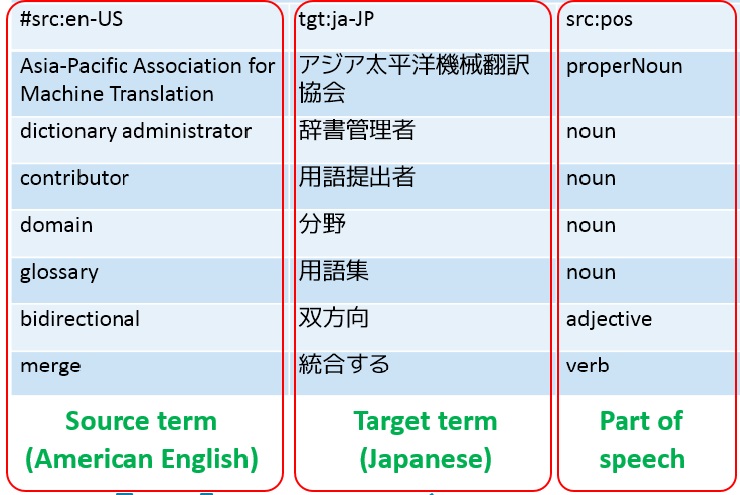How to build the most effective multilingual glossary

What is the difference between glossary and terminology management?
When translating a document, any document, into other languages, a crucial step would be to establish and maintain an effective multilingual glossary. Although often confused with the management of terminology, a GLOSSARY is different in that it is a specialized list of words and definitions, with specific meanings that apply to the contents of the words in the document. Most non-fictions would include a glossary for the readers to use as reference. For words that have multiple meanings, only the meanings that are relevant to the document will be selected, so that a reader would not be confused. For example, ring may refer to a sound or a piece of jewelry. On the other hand, TERMINOLOGY refers to a larger context – it is a system of words or phrases that have something in common and are grouped together.
Therefore, in translations, glossary is a part of terminology management, and through constructing a list of glossary, one can effectively manage key terms and phrases to avoid possible misunderstandings.
How to construct an effective glossary:
STEP 1 : ORGANIZE CONTENT INTO CATEGORIES
Carefully go through the content of the document being translated, and identify and organize the content into categories. This can be done by asking yourself questions such as, is there a necessity for greater context to help translators when they’re deciphering your original language? Who needs access to your glossary? Who’s developing the content within your organization? An effective and simple way would be to categorize according to product/service type. In this way, your translator can easily pinpoint relevant glossary terms by referencing the product type rather than having to comb through countless irrelevant terms.
STEP 2 : FIND KEY TERMS THAT REQUIRE FURTHER EXPLANATIONS
Extract the terms that need greater clarification and key words that matter the most to your company. For instance, if you are a technology firm that wishes to publish a press release on your new LED computer monitor, key words may be resolution, power consumption, and integrated accessories. These terms need to refer to the same thing across all languages, and including a glossary that sites these terms and their definitions in relation to the context that they appear in your original file will ensure that nothing gets lost in translation.
STEP 3 : LENGTH & FORMAT
Layout all source language (original language) term and translated term (in different languages) next to it, in a way that is obvious to the user. A good glossary would be just the right length – not too long or too short. Since it is used to help translators to understand your document, it should explain all words and phrases that require a greater context. While as too little information would leave your translator clueless, leading to poor translation quality, flooding the translator with too much information would cost him/her (and thus, your organization) extra time to finish the project.
STEP 4 : LOOK FOR RELEVANCY OF CONTENT
Include all relevant words and terms specific to the project you wish to translate. For optimized results, also include terms that you don’t want to translate, such as a particular product name or your company’s or client’s names.
Collaborate with your translations agency to make things easier:
If your organization does not have the capacity to construct an effective glossary, make sure that you look for a translation agency that has translation memory, or have field-specific glossaries to ensure consistency and accuracy. WritePath’s T-Booster contains a translation memory and terminology management system that enables our translators to deliver effective, accurate, and consistent works in an efficient manner. Furthermore, since WritePath fully understands the troubles of multilingual communications, we place a large emphasis on terminology management. We don’t charge on terms that have matches in your glossary; therefore, the more comprehensive your glossary, the more consistent the translation will be, and the more you save on translation-related fees!
Closing thoughts:
While as building a glossary might seem like a large waste of time and resources at hand, it is enormously beneficial over the long-term. A strong foundation will allow your translator to communicate your needs more coherently to your audience, avoid mistakes, ensure consistency, and save precious time and cost. By organizing terms and phrases that are meaningful to your organization, not only are you helping your translator complete his/her task, you are also ensuring that your audience is able to fully understand and to better appreciate your product or service.
















